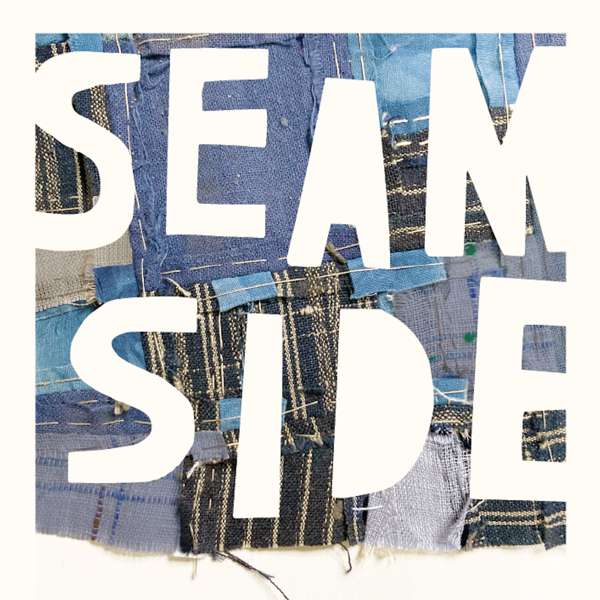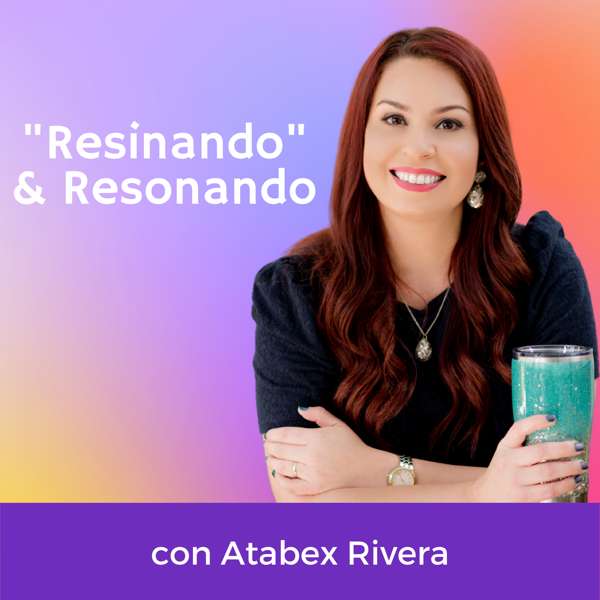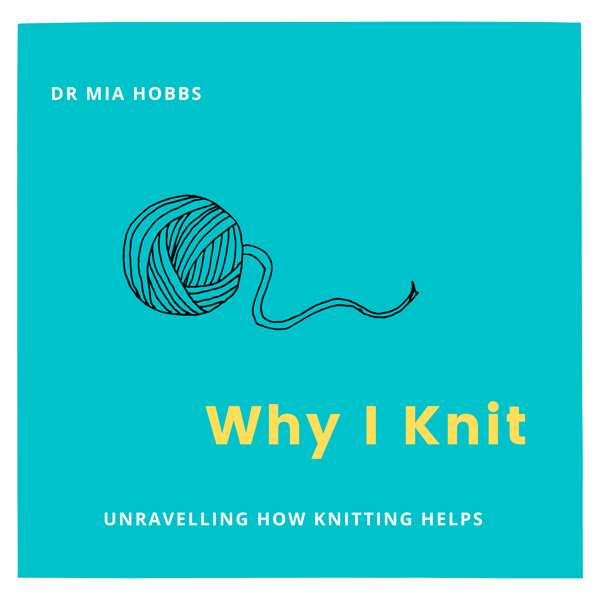Today on episode 104 of the Teaching Your Brain to Knit podcast we have a special treat: an interview with master knitting teacher Anna Zilboorg. I recorded this last October while on an Camp Stitches workshop in Coeur d'Alene Idaho. I was excited to be registered in Anna's workshop-- Design as You Go Construction. I have all of Anna's book and I've long admired her philosophy and approach to knitting that she lays out in her book Knitting for Anarchists. In this interview about both quilting and knitting, Anna shares a bit of her own history, she touches on meditative knitting, she celebrates our hands, she talks about learning through the mind and learning with the hands and she worries about knitting becoming rote and- rule bound rather than people growing into being being craftspeople. Anna's books on Amazon: https://www.amazon.com/s?k=Anna+Zilboorg&ref=nb_sb_noss_2 Look for her classes at Stitches events. Information from Wikipedia on terms Anna uses: accusative — i.e. They like them — they is nominative, them is accusative reflexive is used when the object of a sentence is the same as the subjective myself, herself, oneself In grammar, a reflexive verb is, loosely, a verb whose direct object is the same as its subject, for example, "I wash myself". More generally, a reflexive verb has the same semantic agent and patient (typically represented syntactically by the subject and the direct object). For example, the English verb to perjure is reflexive, since one can only perjure oneself. In a wider sense, the term refers to any verb form whose grammatical object is a reflexive pronoun, regardless of semantics; such verbs are also referred to as pronominal verbs, especially in grammars of the Romance languages. In the Romance languages, the pronominal verbs is a parent category with reflexive verbs as only one of its sub-categories. Other kinds of pronominal verbs are reciprocal (they killed each other), passive (it is told), subjective, idiomatic (the presence of the reflexive pronoun In her book Splendid Apparel, Anna writes that her mother worried she thought too much about her knitting and directed her towards more academic pursuits. Anna was educated at Harvard and taught at MIT but eventually left the academic world of the mind. She is skeptical of brain oriented knitting and credits the hands for their own intelligence, especially in crafts. She encourages people to understand their knitting and not just follow the rules. She's a bit like Elizabeth Zimmerman in that way. But Anna also offers detailed instruction on techniques. The traveling twisted stitch is one of them. And she's unvented and adapted a number of other techniques I've edited out a lot of this free wheeling interview although I believe some of you would have enjoyed discussions of feminism and academic politics. But I wanted to focus on Anna's journey from the straight lines and head thinking of the academic world to the wandering and explorative world of her hands and her heart. She is now an Anglican solitary who lives in the Blue Ridge Mountains of Virginia and she teaches knitting at workshops and conferences on the side. Throughout the recording, I'll stop and explain what I've edited out and where we'll head next. I begin by asking her about something she said in class and writes about in her books: Knitting instructions never used to be written and learned from —They weren't even spoken and listened to. They were demonstrated and copied. Just to expand a bit on hand learning versus mind learning. Anna writes in her book Magnificent Mittens and Socks: "About learning, there is one thing to say: it isn't easy. It is always difficult for fingers to learn to do something new. On the other hand, when they do, they learn it. They never forget it , unlike the mind which learns easily and forgets quickly." BAck to the interview. Even though I got the gist of what Anna was saying, I wasn't familiar with the terms accusative and reflexive so I looked them up. In Russian, teach and learn are the same verb but a different form. The reflexive is when something is done to oneself. Like, I perjure myself. A person can only perjure one's self. No one else can do it to them. In this instance I believe , the students teach themselves. The Accusative is when something is done to someone. In English we say the teacher teaches the student. Something is being done to the students. Like Anna says, like a mother bird stuffing the mouths of a baby bird. This wasn't very appealing to her. From this insight of another way of teaching, Anna was more open to teaching as a career. But as you can imagine, she didn't approach it in an orthodox way. A portion of the interview is edited out although I left in our discussion of climate crisis. Then we broach the subject of brain or mind learning versus the hands learning. I've edited out a large section of discussion on academic politics. We discussed Anna's frustration and disappointment with teaching at MIT and her leaving it without any firm idea of how she'd make a living. She used part of this time to explore her spirituality and her interest in what has traditionally been known as "women's work". She turned to quilting and sold her quilts to help support herself flirted with getting a post doc in divinity but was not willing to return to academia. As I mentioned earlier, I took Anna's classes at Camp Stitches. Camp Stitches is a three day immersive knitting workshop with one teacher hosted by Knitting Universe usually at a luxury hotel in some beautiful place. Yes, it's a little spendy but what an incredible opportunity to get to know and learn from a teacher. Anna was teaching the enormously flexible technique of making a vest or sweater by knitting and embellishing strips or panels and then usually joining them as you go. This approach allows you to design or change your mind as you go. In addition to the overall construction, we learned Twisted travel stitches, a number of embroidery stitches, her perfect button hole, and a variety of general knitting tips and tricks. She teaches using the traditional way of one-on-one instruction enhanced by other approaches: she demonstrates to the class from the front of the classroom, sometimes using the board; then she goes around to each person and watches them execute the technique or coaches them. She encourages the class for the tricky parts. She had us learn to knit and purl backwards and kept saying "You can do it. You can do it." And we did. In the end, our hands learned these techniques. Anna teaches at Stitches events. I encourage you to take one of her classes or indulge and spend a whole camp with her. You won't regret it. In our next podcast, Catherine will be back and we have our classic format: What we learned from our knitting; A brainy thing; and Behind the Redwood Curtain where we live. Looking forward to connecting with you then.

 Our TOPPODCAST Picks
Our TOPPODCAST Picks  Stay Connected
Stay Connected







